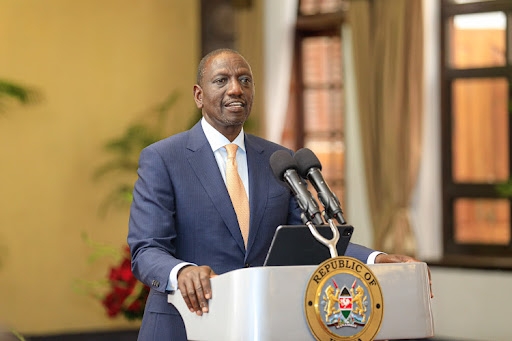

Micro, Small, and Medium Enterprises Principal Secretary Susan Mang’eni has defended the department’s move to seek additional funding for the Hustler Fund initiative, amid concerns over its effectiveness and loan repayment rates.
Speaking during the 42nd Annual Institute of Certified
Public Accountants of Kenya Seminar in Mombasa, Mang’eni underscored the fund's
importance in providing financial access to low-income Kenyans who traditionally
lack access to formal credit.
“When we launched the Hustler Fund, we were addressing a market failure,” Mang’eni said.
She said the majority of Kenyans at the bottom of the economic
pyramid could not access affordable credit due to a lack of visibility in
formal financial systems.
She further explained that traditional lenders often require collateral such as payslips, logbooks, or title deeds, which many citizens cannot provide.
She explained that the Hustler Fund was designed to fill this gap by offering
unsecured loans through a simple application process accessible even on basic
mobile phones via the *254# USSD code, with no airtime charges incurred.
According to Mang’eni, the fund has reached 25.8 million
Kenyans, approximately three-quarters of the adult population, since its
inception.
Beneficiaries begin with personal loan limits ranging from Sh500
to Sh50,000, with the potential to grow their limits through consistent borrowing
and timely repayment.
“The uptake has been impressive. Every day, we disburse over
Sh50 million. However, as users build their credit limits, there
is a growing need for additional capitalization to sustain and expand access,” she noted.
Mang’eni also highlighted the introduction of the Hustler Fund Bridge Product, launched in December 2024, targeting borrowers with strong repayment histories.
Under the initiative, eligible participants, those rated
in higher performance bands (A and B) within a newly established 9-band credit
rating system, can now access loans of up to Sh150,000.
The rating system, ranging from A1 to C3, categorises borrowers based on their repayment discipline.
Mang’eni stated that about 4.5
million Kenyans currently fall under the A and B categories and qualify for the
Bridge Product.
In response to concerns about defaulted loans, Mang’eni
maintained that the government has mechanisms in place to ensure
accountability.
“We know those who have not paid. We are not considering
write-offs at this stage. We plan to introduce a Hustler Fund
clearance certificate, similar to the HELB and Certificate of Good Conduct, to
incentivize repayment."
The long-term vision of the programme, she said, is to
include every Kenyan upon turning 18 years, enabling them to begin building a
formal credit history early in life.















